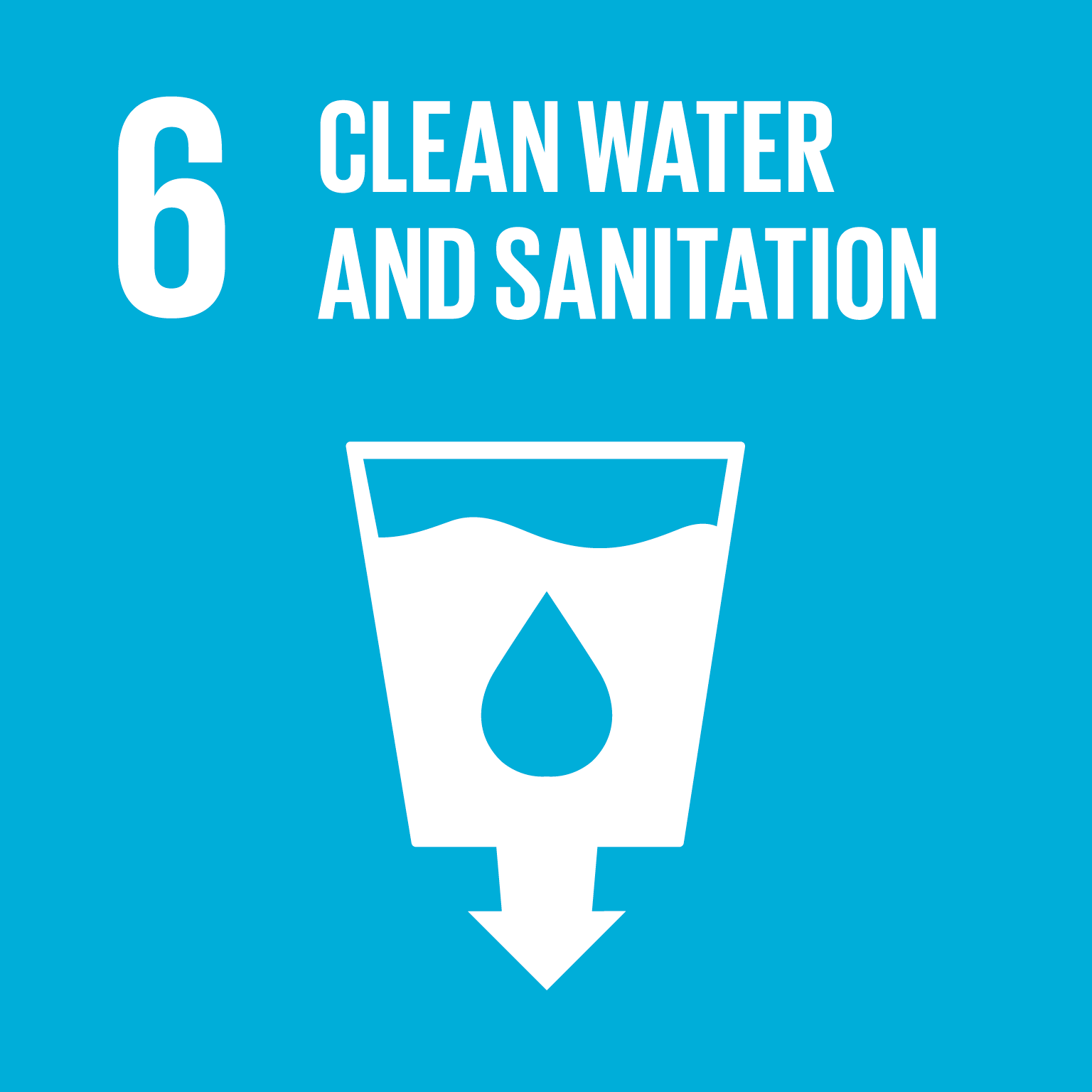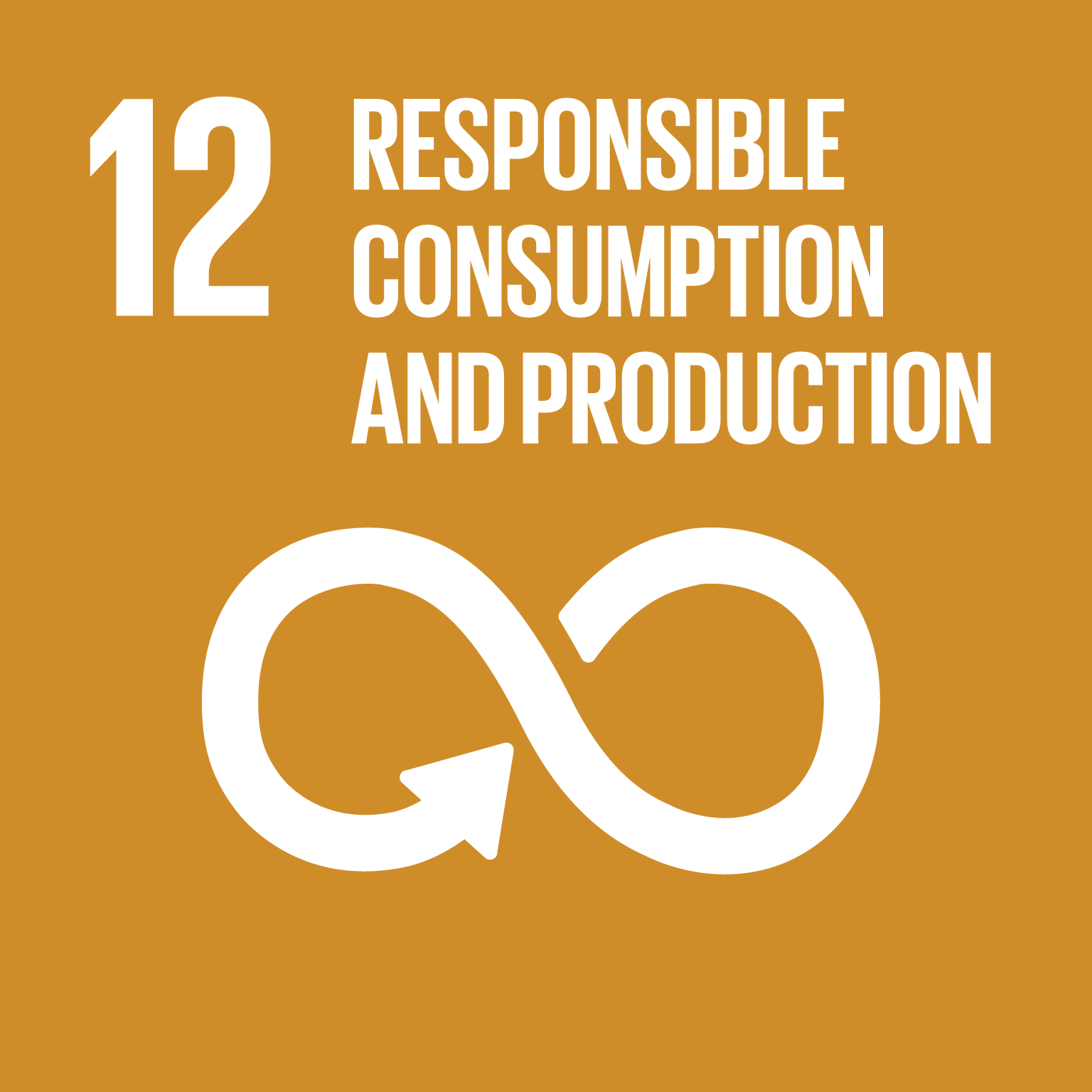Treating and reusing wastewater
Article
The fashion industry produces nearly 20% of global wastewater, and textile dyeing is the second largest polluter of water globally. But the sector is also an important source of economic empowerment, especially in the developing world. In the Indian economy, textiles make up 14% of industrial production, and the sector is the second-largest employer in both rural and urban areas, with nearly 35 million workers. Many of the textile factories and suppliers in Southern India are located within 100 km of one another, concentrating the brine water discharged into local water systems and amplifying the negative environmental and public health impacts. Some producers have no or only partial wastewater management systems in place, in part because of a perception that such systems are too costly to install and maintain.
The Tirupur textile wastewater treatment plant in Tamil Nandu, India, is using DuPont™ FILMTEC™ FORTILIFE™ reverse osmosis technology to increase water efficiency to the point of zero liquid discharge. These ultra-high pressure advanced reverse osmosis elements are designed to treat high concentration brine waters that have previously been concentrated by elements operated at conventional pressures. The advanced elements help operators squeeze out even more water for reuse, reducing the amount of water that’s sent for further treatment. The treatment plant is now able to remove all color and over 98% of Total Dissolved Solids (TDS), even when treating water with TDS levels as high as 105 g/L. The plant has also experienced higher production yields with 75% lower cleaning costs and 10% energy cost savings, in addition to a significantly longer membrane life.
Watch the video below to learn more about wastewater innovations at the Tirupur CEPT plant.
DuPont Water Solutions both supported and features in Brave Blue World, a new documentary film about the innovators and emerging technologies that could positively alter the future of water – and life itself – on Earth.





